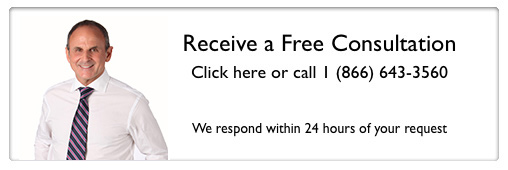Many people choose direct deposit tax refunds for convenience, but this can lead to mishaps that take months to sort out.
Direct deposit is a common solution in modern society. People lack the time to get to the bank and thus opt for the people paying them to deposit money directly in their bank accounts. This often saves time and money on the part of the payer as well, which is why it was quickly adopted and encouraged by the IRS. However, there are potential downsides to direct deposit tax refunds.
Mistakes in Direct Deposit Tax Refunds
One of the most common reasons for a mishap in having your tax return directly deposited into your bank is a wrong bank number. People can easily and accidentally write the number incorrectly; the IRS may also transpose numbers if you file a paper return. This has been identified as one of the nine most common mistakes that taxpayers make in their taxes, up there with incorrect Social Security numbers.
How to Remedy a Direct Deposit Mistake
While it is easy to make a mistake in filling out direct deposit paperwork, it is much more difficult to fix it. If you catch the mistake before the direct deposit occurs, you can call the IRS and have the deposit stopped. In addition, banks are supposed to ensure that the name matches the bank account number and refuse the deposit when it does not. While this adds some security, it doesn’t always work. Once the incorrect deposit has been made, you will have to work with the bank to reclaim the money and also file a Form 3911 to notify the IRS of the mistake.
The best remedy is to simply avoid making this mistake in the first place. Verify your routing number with the bank as the direct deposit numbers may be different from those printed on your checks. Carefully double and triple check your documents before sending them in. Even a small mistake on taxes can lead to massive inconvenience and financial loss; direct deposit tax refund mistakes are no exception to the rule.


